Where should a bed be placed in a room? 5 positions to help you sleep soundly, and in style
The bed is one of the most important pieces of furniture in your home, so get the placement just right with our expert advice
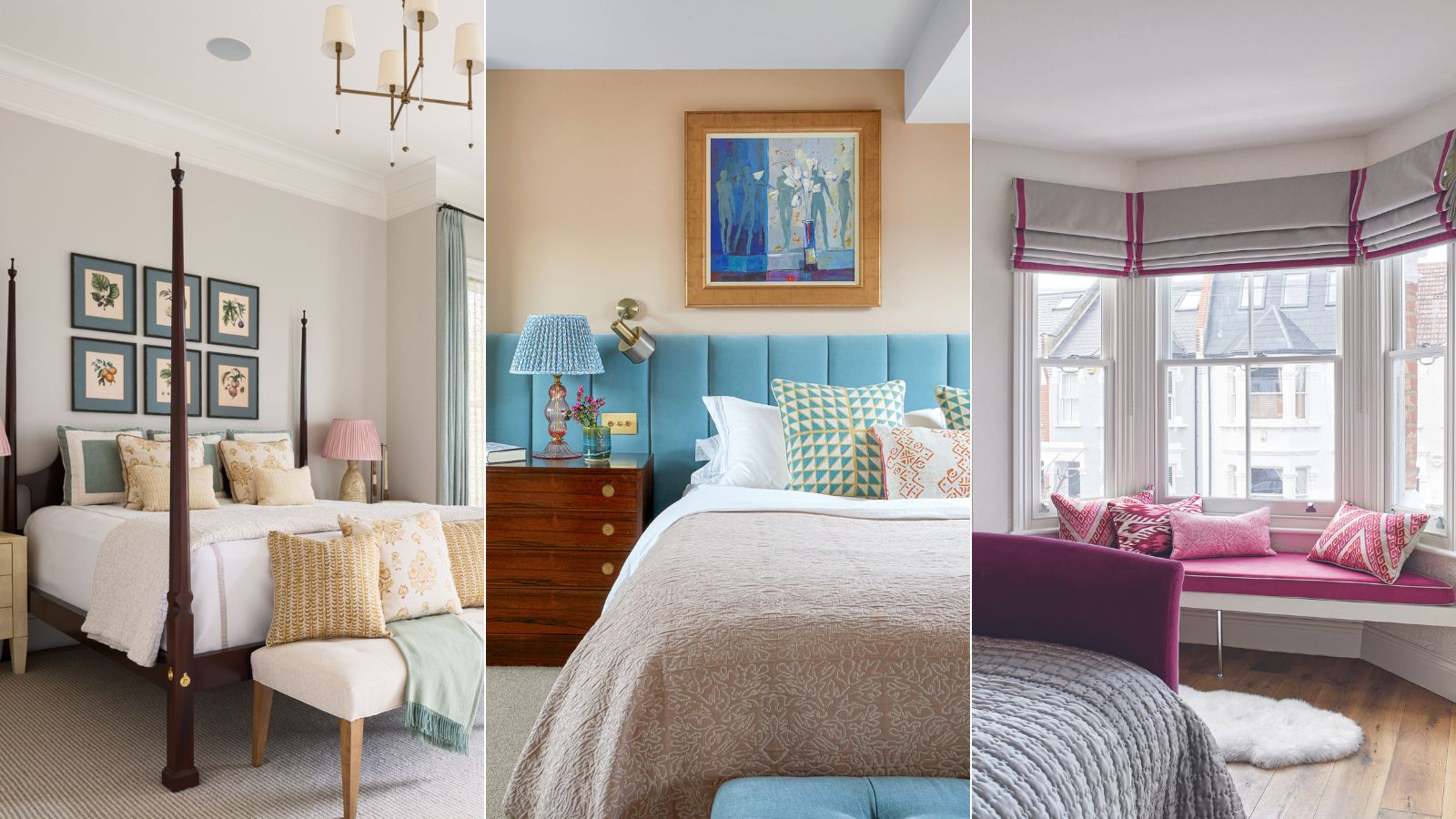

Inviting bedroom schemes rely on a combination of warming and restful notes, often best achieved by introducing symmetry and scale, but the most satisfying bedroom layouts are usually the ones that take the placement of the bed into consideration from the start of a bedroom remodel.
The placement of a bed is an essential part of any bedroom design. How your bedroom is arranged will have a huge impact on the functionality of your space so it's important to get it right the first time.
When it comes to the placement of bedroom furniture, a lot will clearly depend on the size and orientation of the room. Feng shui placement experts recommend ensuring the bed is located in what is known as the ‘command’ position – that is, so that you can see the entrance of a room, looking towards the door but not being directly opposite. Nor should it be positioned under a window (too drafty), or against the party wall (in case sounds from next door interrupt sleep).
Where should a bed be placed in a room?
More than any other space in the home, your bedroom is the one place where you want to feel completely relaxed, comfortable, and rested. With fewer practical constraints than other areas of the house, once you’ve figured out where the bed should be placed – deciding on the rest of the bedroom layout is the easy part.
To help get you inspired we've rounded up an array of bedroom ideas – that put the bed at the forefront – to help you lay out the perfect space along with some handy bed ideas from the experts.
1. Place your bed in the 'command' position
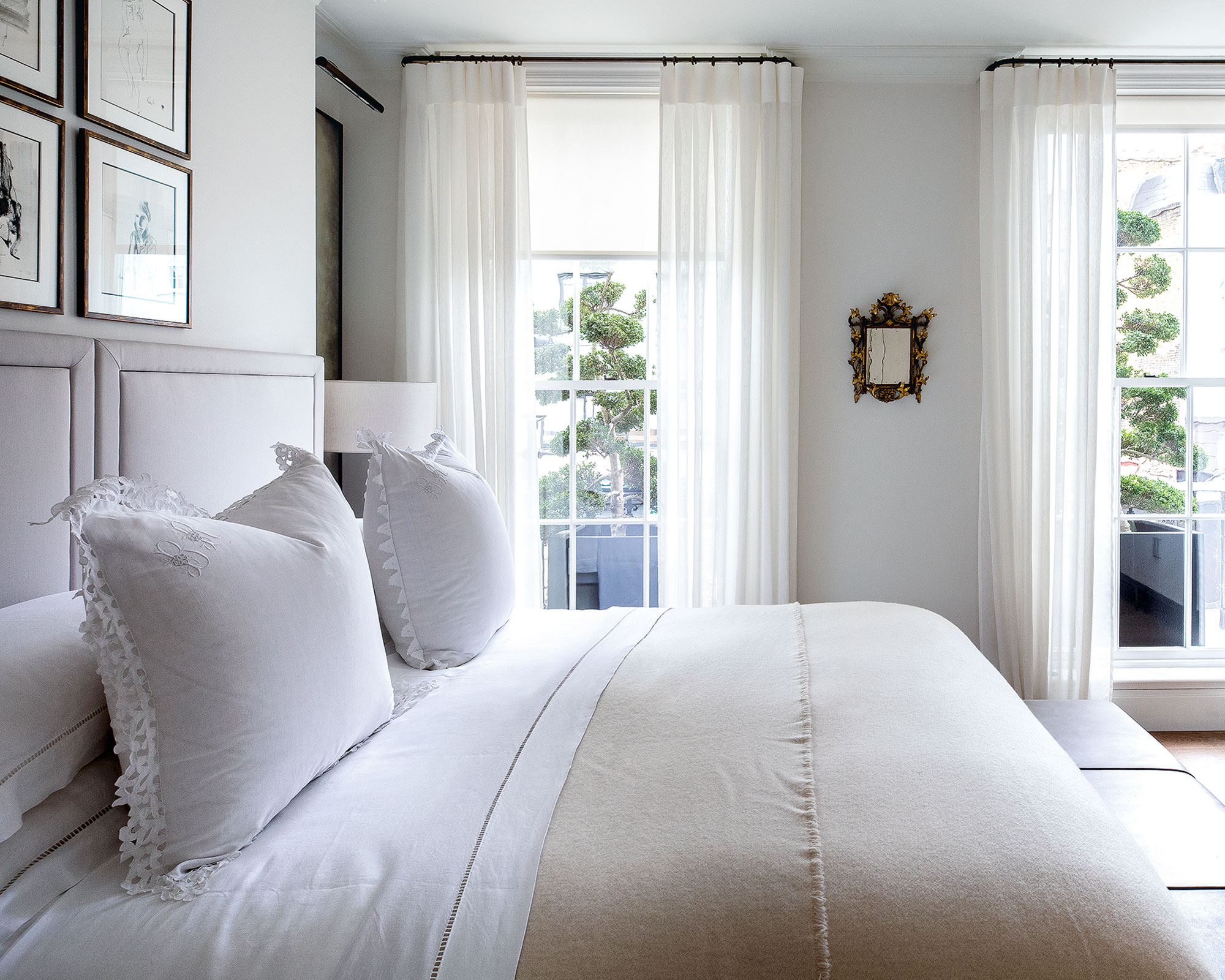
When planning a bedroom redesign, the most crucial decision to make is where to position the bed – being the largest piece of furniture in the room it will have a big impact on how the space functions, looks, and feels. Also, representing your health and well-being, according to bedroom Feng Shui principles, the bed is without a doubt the most important piece of furniture in your entire home.
The best location for your bed is in a 'commanding' position. This means that when in bed, you’re facing the door while not directly in line with the door. You also don’t want any doors to open up directly in line with the bed. If this is something you cannot achieve in your space, you might be able to use a bedroom mirror to see the door from your bed.
2. Situate a bed against a wall
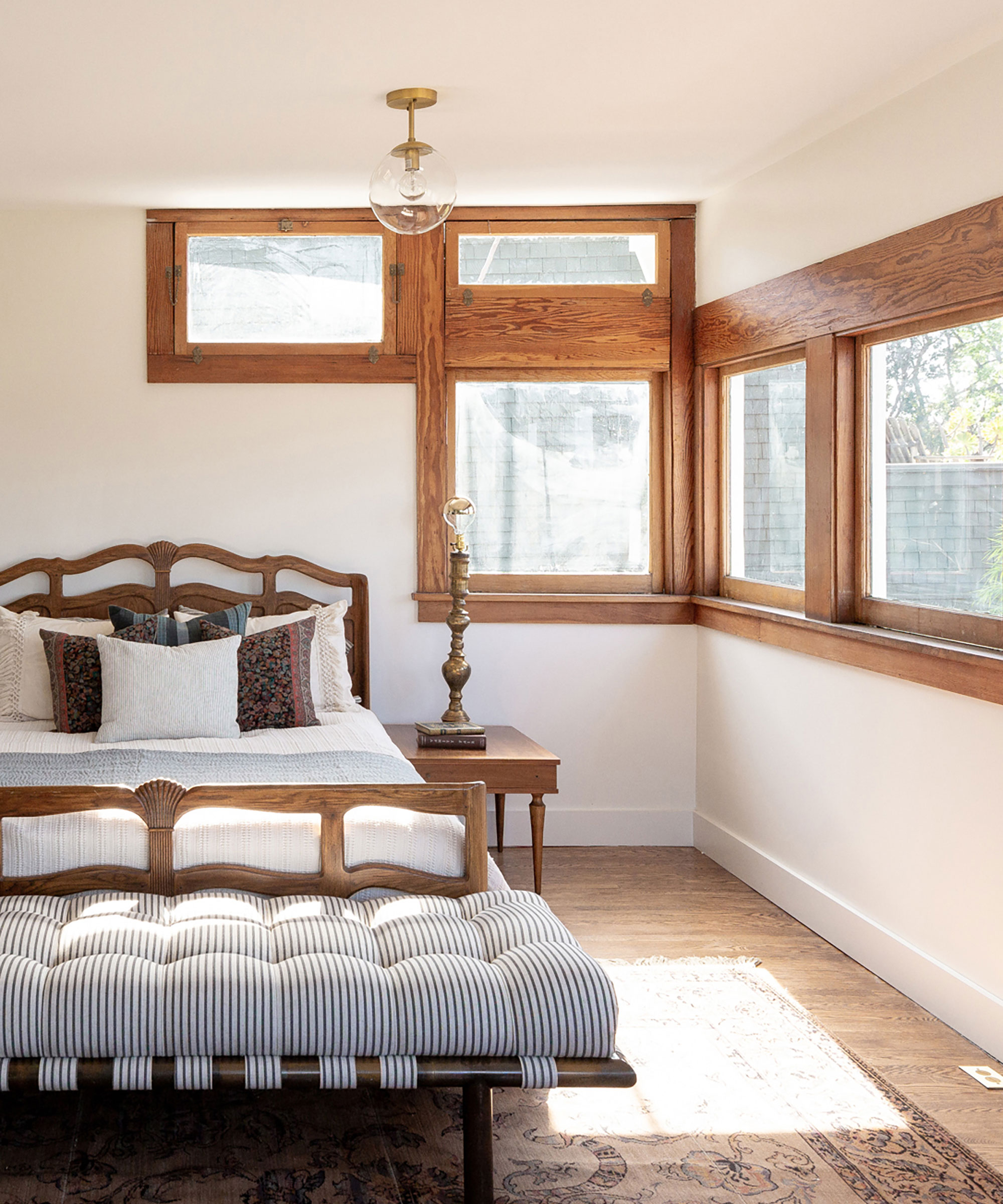
Headboards, along with bed placement, can totally transform a room – but there's much more to them than simply placing a padded board behind your bed's head. In Feng Shui, the headboard represents stability, support, and security in your life, especially in your romantic relationships. The idea behind this theory is that a solid wall, or headboard, will provide you with the necessary stability to face life head-on.
'Headboards are vital for aesthetic reasons, too,' says Kit Kemp, interior designer and founder of Firmdale Hotels. 'They provide a focal point, can introduce color, pattern, and texture, and can help to correct and improve a room's proportions and visual impact.'
Another, less esoteric reason for placing a bed against the wall is to free up walking space in a small bedroom. The key ingredient for a peaceful small bedroom layout is a good flow of space. 'Ensure you have room to make the bed easily and the movement around it is unhindered,' says Tiffany Duggan, founder of Studio Duggan and TROVE.
3. Be inspired by symmetry
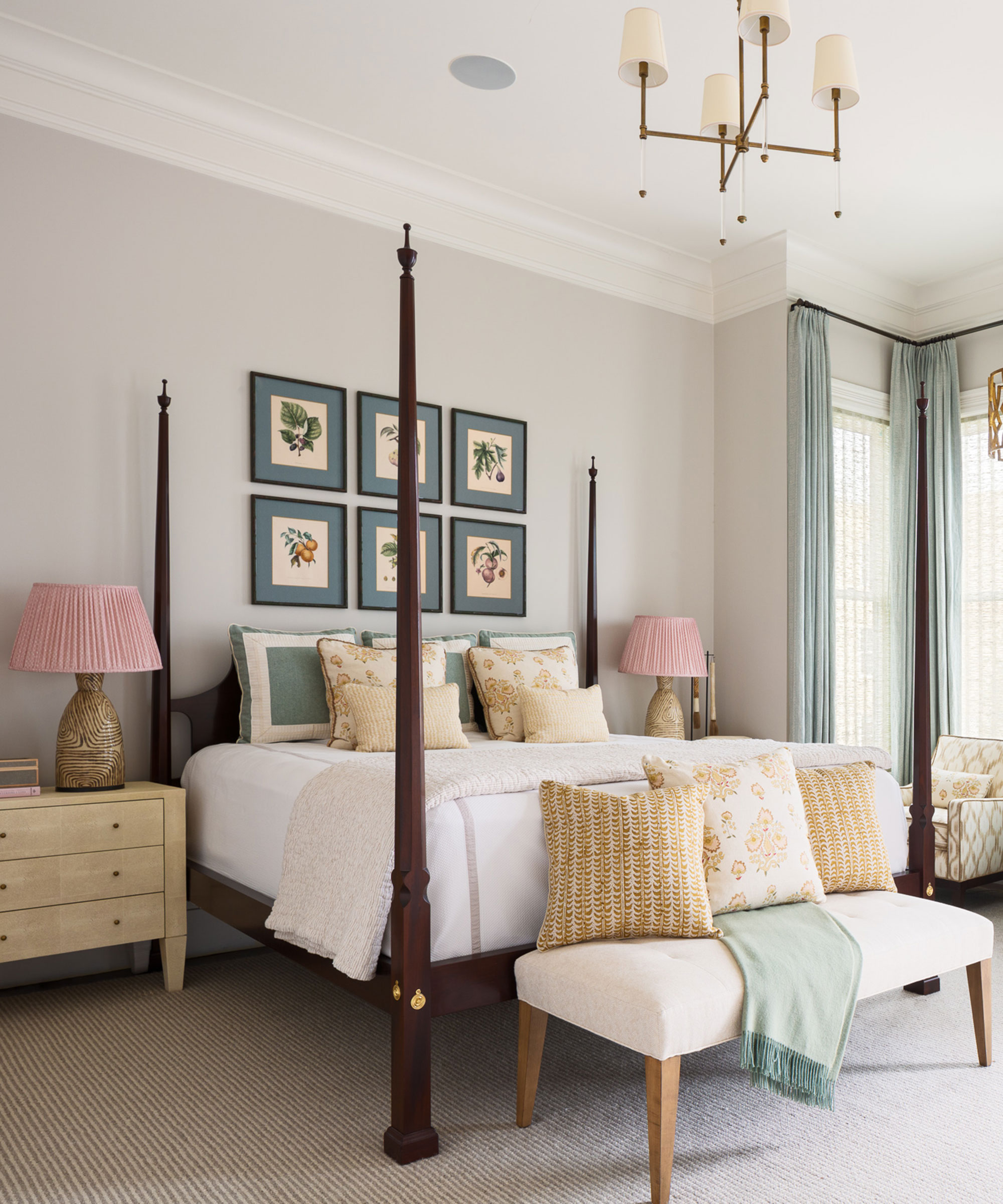
Balance around a central point is pleasing to the eye and creates a calming atmosphere. 'The perfect bedroom is poised between a tranquil aesthetic and pragmatic design,' says interior designer Emma Sims Hilditch of Sims Hilditch. 'A good place to start is by designing around a central focal point,' she adds.
‘Symmetry in interior design provides balance within a room and it often starts from the focal point, whether that be the placement of the bed or the headboard in a bedroom. It brings a sense of comfort and rhythm to a space which is an integral part of our design approach.'
4. Place twin bedroom on opposite ends of the wall
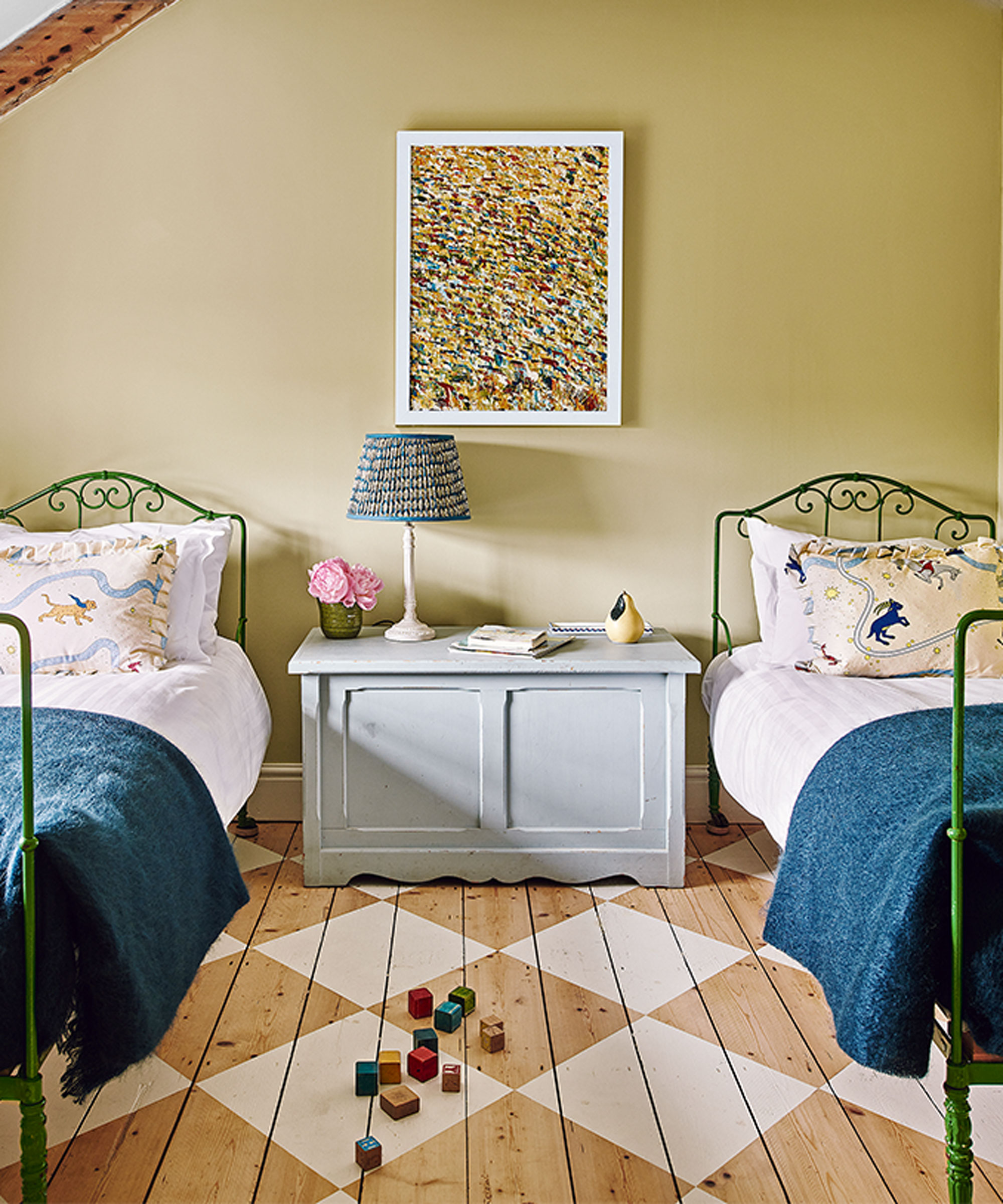
In this type of kid's room scheme, use every inch of space by placing twin beds against opposite walls. This also creates a widening effect that makes the most of the room's proportions. Place a nightstand or bedroom storage unit between them to delineate the space further.
To bring an extra element and lift to a bedroom, use an accent color on the wall behind the bed – this will ground the room and feel nurturing.
5. Positioned under a window
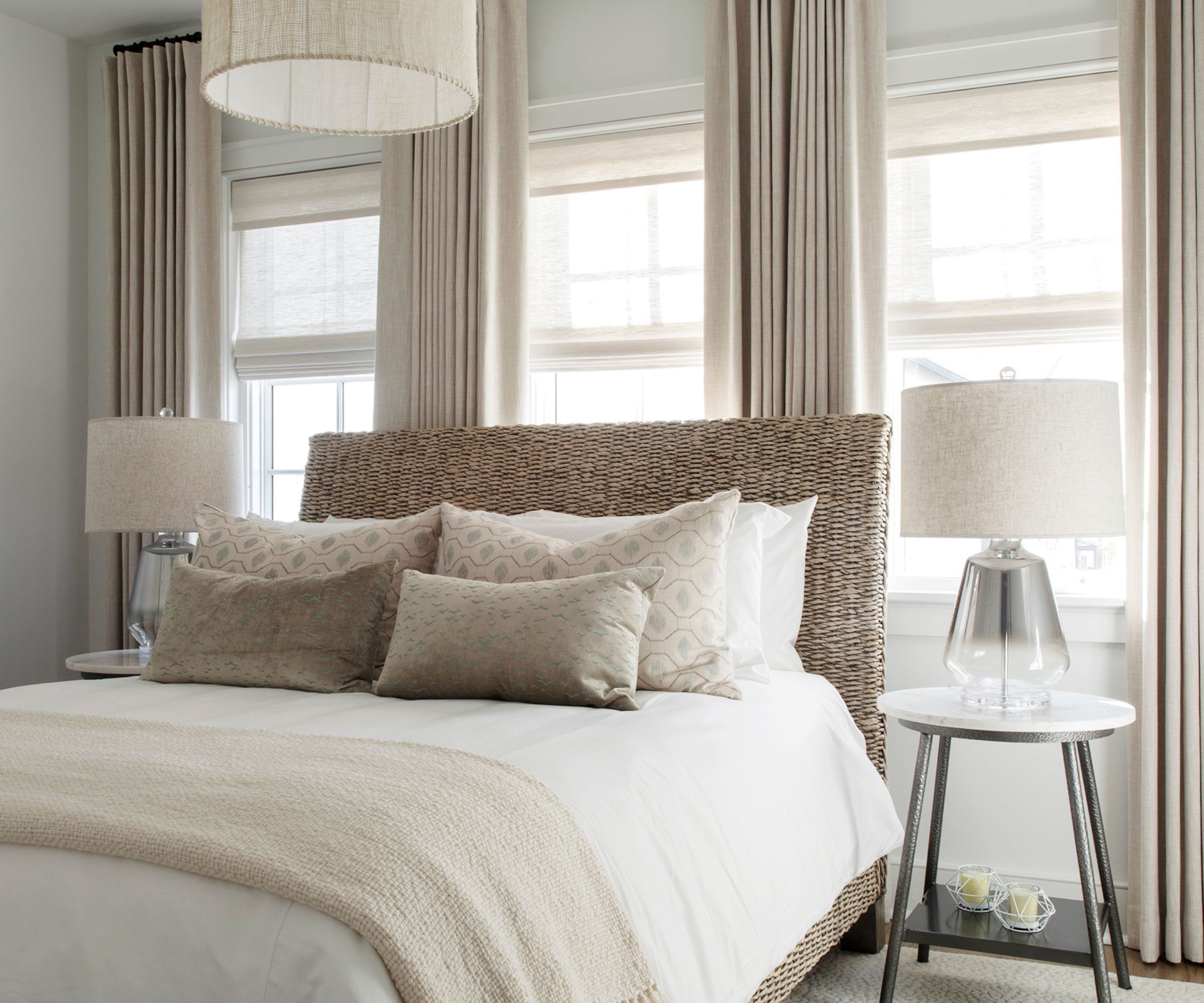
Philippa Thorp, director of Thorp, believes vistas are important for your mood. 'We always make beds high enough so that you can see out of the windows to a view beyond,' she says.
However, this bedroom layout is usually only recommended if you have large windows or a spacious bedroom. If you are thinking about placing a bed beneath a window, consider making sure that it doesn't interrupt the natural light you receive. Instead, placing your bed facing toward the window, but not directly under or opposite, could be the ideal solution.
FAQs
What is the best position for your bed to face?
The best position for your bed is undoubtedly the 'command' position. This placement allows you to see the entrance, without being directly opposite the door.
However, according to Feng Shui philosophy, you want to avoid the 'coffin position' where your feet point towards the door. This position, also known as the 'dead man's position' is said to disrupt sleep and cause tension, restlessness, and unease.
Sign up to the Homes & Gardens newsletter
Design expertise in your inbox – from inspiring decorating ideas and beautiful celebrity homes to practical gardening advice and shopping round-ups.

Jennifer is the Digital Editor at Homes & Gardens. Having worked in the interiors industry for several years in both the US and UK, spanning many publications, she now hones her digital prowess on the 'best interiors website' in the world. Multi-skilled, Jennifer has worked in PR and marketing and occasionally dabbles in the social media, commercial, and the e-commerce space. Over the years, she has written about every area of the home, from compiling houses designed by some of the best interior designers in the world to sourcing celebrity homes, reviewing appliances, and even writing a few news stories or two.
-
 Kris Jenner's favorite air fryer, the Ninja Crispi, is the perfect small kitchen solution – it deserves a place on the most compact of countertops
Kris Jenner's favorite air fryer, the Ninja Crispi, is the perfect small kitchen solution – it deserves a place on the most compact of countertopsKris approves of this compact yet powerful air fryer, and so do our own kitchen appliance experts, praising it for its multifunctionality
By Hannah Ziegler Published
-
 Ina Garten's storage pantry is an insightful window into all of the best cookware used by the chef – and it's easy to recreate on your kitchen shelves from $48
Ina Garten's storage pantry is an insightful window into all of the best cookware used by the chef – and it's easy to recreate on your kitchen shelves from $48The beautiful dishware in The Barefoot Contessa's Hamptons pantry showcases the tools she uses most often to cook – this is exactly how you replicate it
By Sophie Edwards Published